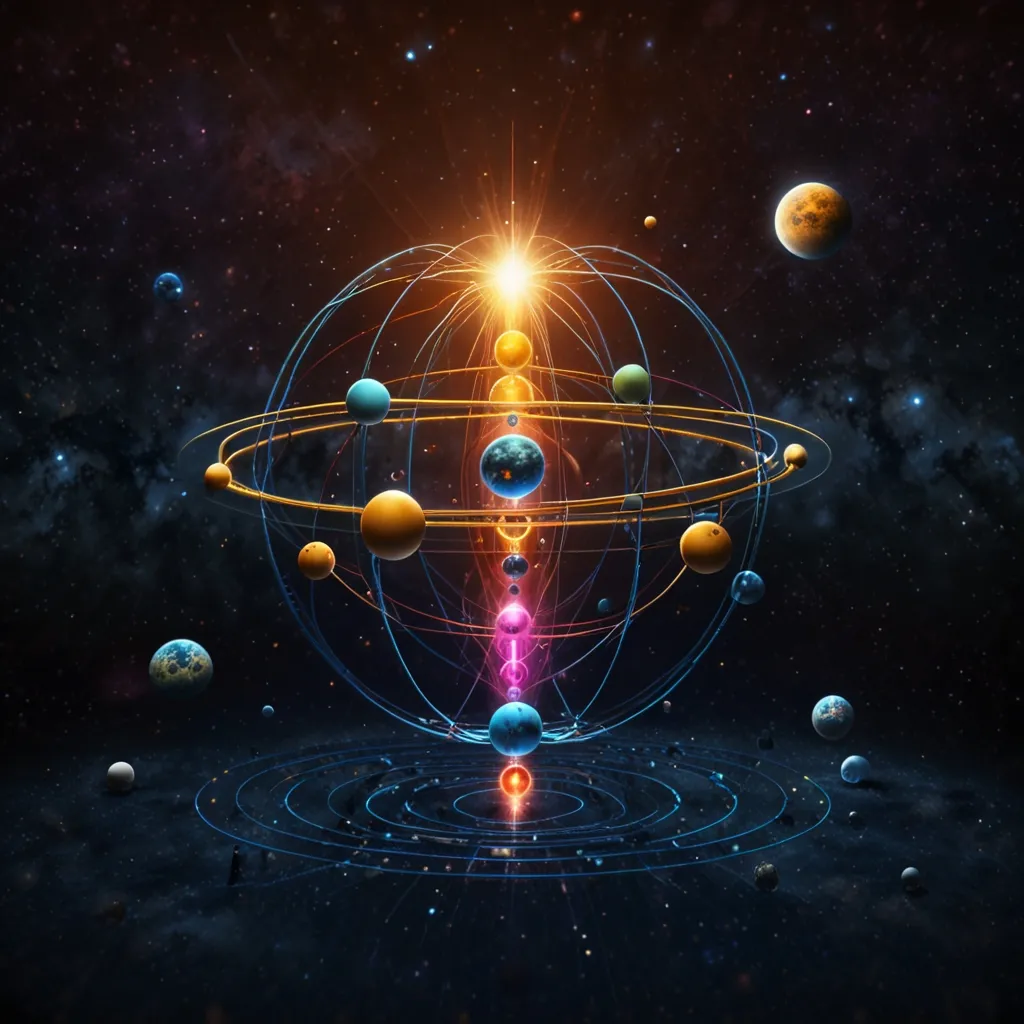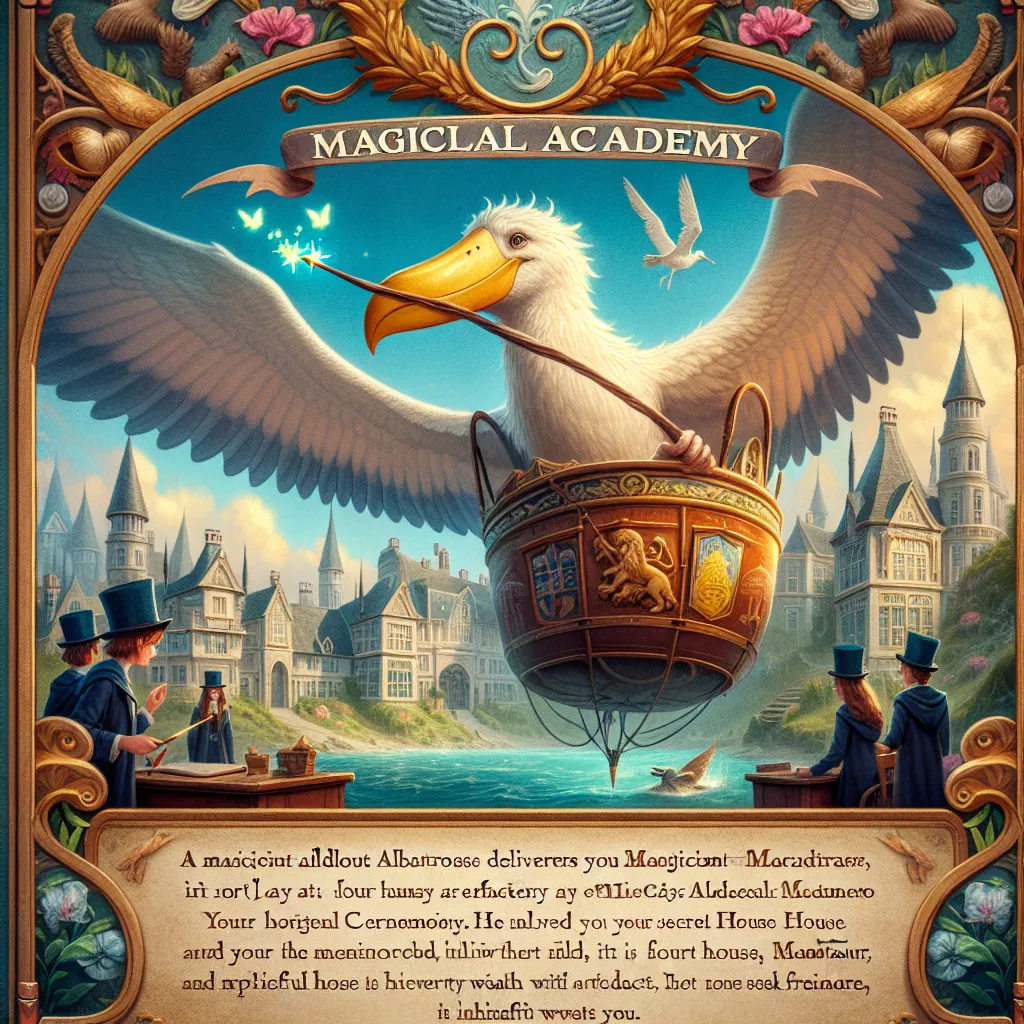In nature, there are just four fundamental forces or interactions. Gravity, the one we’re most familiar with, keeps us grounded on Earth. The weak force is responsible for certain types of radiation. Electromagnetism handles all the chemistry around us. Finally, the strong force keeps protons and neutrons tightly bound in the nucleus of atoms.
Gravity dominates on a large scale, like Earth and the solar system. But at the quantum level, other forces take control. Electromagnetism is immensely stronger than gravity, about 10^37 times. This force keeps negatively charged electrons close to positively charged protons in an atom.
Given its strength, you’d think multiple protons in a nucleus would repel each other and fly apart due to this force. According to Coulomb’s law, the two protons in a helium atom should experience a repulsive force of about 90 Newtons. For something as small as an atom, that’s a lot! Yet, protons don’t fly apart because they’re held together by an even stronger force – the strong nuclear force, about 100 times stronger than electromagnetism.
The strong force is powerful but works differently than electromagnetism. This force isn’t normally covered in high school, making it a mystery for many. But it’s fascinating and vital. Ever seen a nuclear explosion? The energy released in such blasts comes from the strong force binding protons and neutrons. This force’s binding energy contributes to 99% of the mass of ordinary objects, contrary to the belief that the Higgs field does the heavy lifting.
So, what exactly are protons and neutrons? They’re composed of fundamental particles called quarks and gluons. Each proton and neutron houses three quarks: protons have two up quarks and one down quark, while neutrons have two down quarks and one up quark. Gluons fluctuate in number inside nucleons, and they come in eight types. Both quarks and gluons have a property called color charge. Despite its name, it has nothing to do with visible colors but is a metaphor for a different kind of charge that drives the strong force.
Color charge works differently from electrical charge. There are three color charges: red, green, and blue. For particles to remain neutral, these charges must combine to form white, similar to how they blend in optics. There are also anti-colors, and each color balances out with its anti-color or its complementary colors.
The strong force acts differently than electromagnetism. Unlike gravity and electromagnetism, which weaken over distance, the strong force gets stronger as quarks separate. It’s like stretching a rubber band, with increasing force pulling the quarks back together. If quarks get extremely far apart, the “rubber band” breaks, but instead of releasing quarks, it creates a new quark-antiquark pair called a meson.
This phenomenon is called confinement – quarks always exist in a group, either within nucleons or mesons. Interestingly enough, it’s mesons that mediate the residual strong force that keeps protons and neutrons together in the nucleus. The residue occurs because the neutralization of color charge in nucleons is imperfect, especially when they’re close together.
The interaction between protons and neutrons happens via mesons, as described by Feynman diagrams. These diagrams brilliantly represent complex quantum interactions simply. Essentially, the meson exchange between protons and neutrons binds them together. This residual strong force is weaker than the force inside nucleons but still stronger than electromagnetic repulsion.
This powerful yet short-range force limits the size of atoms. When atoms get too big, this binding force loses its grip, making large nuclei unstable. Like Velcro, it works effectively only at tiny distances.
Understanding quantum chromodynamics and the strong force sheds light on why matter holds together, a fundamental aspect of our universe. Without them, nothing would exist as we know it. I hope this simplified explanation helps you appreciate the intricacies of the strong nuclear force and the wonderful quantum world.






